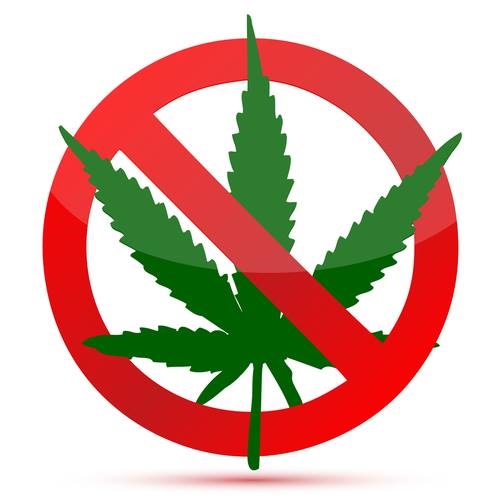As marijuana goes mainstream, there is a persistent belief that it’s not addictive. That is in part because addictive behavior emerges more slowly than with substances such as opioids – and cannabis withdrawal isn’t the living hell of getting off those drugs.
But the truth of the matter is clear: “There is no debate that marijuana is both physiologically and psychologically addictive,” says Aaron Weiner, a psychologist and the director of addiction services at Linden Oaks Behavioral Health, a clinic in Illinois. Cannabis withdrawal, according to a 2004 study he cites, can lead to irritability, anxiety, negative mood, loss of appetite and impaired social functioning. Withdrawal symptoms tend to be more severe in heavier users, and have also been observed in non-human primates.
Drugs differ in their effects, but the symptoms of addiction are relatively consistent. Cannabis use can begin as a social activity and then “it becomes the way you relax and cope with your problems,” Weiner said. For problem users, it becomes more central to their lives and takes precedence over seeking fulfillment in work and relationships.
In almost all cases, the possible consequences of marijuana addiction aren’t viscerally awful like an opioid overdose or a tobacco-related illness. And compared with alcohol, by most accounts, marijuana use is less likely to precede a life shattering event like a car crash or physical violence.
Excessive cannabis use is often described in gentler terms, such as“psychologically but not physically addictive” or “habit forming”. But the drawbacks are real. They’re considered most severe for users under 25, since their brains are still developing. Studies have shown heavy teenage cannabis use can depress school performance and even lifetime earnings. It’s also during this period of life that the drug has been linked most closely to psychotic episodes.
To the marijuana industry’s credit, legalization in US states does not appear to have led to a jump in youth cannabis use. It has however led to significant increases in adult use, a trend all but certain to continue, as more states legalize the drug and it becomes more socially acceptable.
Still, cannabis is the second most common addiction Weiner treats, after alcohol. He estimates one in 10 adult cannabis users will become problem users. But compared with alcohol, the consequences of excessive adult cannabis use are less understood, especially since the cannabis products available today are far stronger than a few decades ago.
What’s clear is that a lot more people will spend a lot more of their time stoned. “We don’t need more stoned people,” Weiner said. “When you’re stoned you’re not at your best and anything that increases that behavior is not good.”
That’s the perspective of a public health professional. By the same logic, alcohol shouldn’t be commercially available either, but it is in much of the world. In one way or another scores of countries have weighed the drawbacks of legal alcohol and decided allowing it is better than the alternative. But no one yet knows the drawbacks of commercially available cannabis.
To Weiner the villain is the for-profit marijuana industry. Legalization has gained widespread support in the US thanks to a two-pronged PR strategy of promoting cannabis as a “medicine” and wellness product, even when the evidence of its benefits is anecdotal or non-existent, and trying to demolish the stigma of cannabis as a drug for losers. “Their goal is not public health, their goal is addiction,” Weiner says. “When I speak out against this topic it’s against my financial interest – which I can’t say for the people on the other side.”
As with any landmark new product – smartphones, cars, fossil fuels – the marijuana industry has the inherent advantage: once their downsides become apparent, it’s impossible to live without them.



